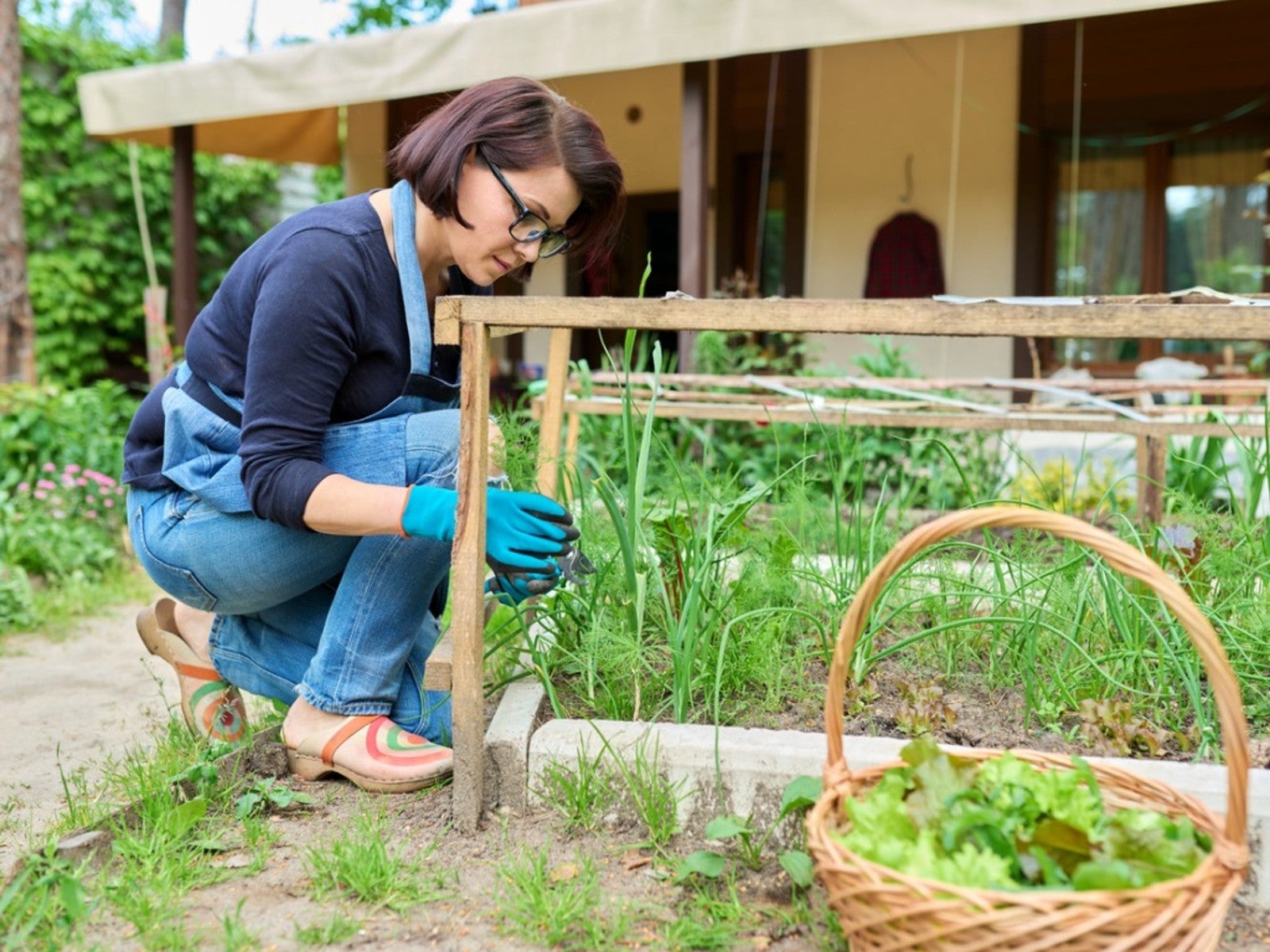Sustainable Permaculture Suburban Yard Design


Permaculture is a buzzword with a history that goes back to the mid 1970s. However, the practice has been used for many centuries by civilizations like Egypt that were sophisticated in their approach to the land. Today, we can integrate permaculture garden design as stewards of the land while enhancing our landscapes. Front yard permaculture will provide permanent agriculture which generally also offers homegrown food sources.
Edible landscaping isn't a new concept, but when combined with suburban permaculture, it is part of a sustainable system. Some planning must go into the permaculture yard, developing systems that go hand in hand for a cyclical garden. A well planned front yard permaculture garden offers seamless beauty and readily available food in a practice that fosters the return of nutrients to soil, water management, and encourages a natural ecosystem.
Planning Front Yard Permaculture
The first step in planning a permaculture garden is to consider the entire goal as an entire system. All areas of the landscape should work together to promote a healthy ecosystem. Before installing plants consider the slope, soil type, orientation, lighting, and other growing influences. Amend the soil as needed to encourage plant growth and increase nutrients and tilth.
When selecting plants, plan to layer them with taller plants hosting smaller ones under them. Include plants such as groundcovers or cover crops to protect soil when a plant has died back, or the area is fallow. Plant the largest trees at the outer edge of the garden so light can filter in to other plants.
Ideas on a Food Forest
Developing a food forest is an interesting way of planning edible landscaping. In such a practice, larger trees like nut or cherry trees, stand over smaller trees and shrubs. Each plant should have similar cultural requirements and the same zone hardiness. Planting semi-hardy plants inside the shelter of larger trees can help protect them. Vine plants creep up trees or erected structures. Stands of vegetables are grouped by cultivation needs and share space with berry bushes and other food plants. Root vegetables can fit into any vacant space. Ornamental edibles such as Swiss chard or elderberry add to the appeal of the garden. Companion plants like herbs and flowers such as calendula foster the health of the area. When selecting plants, chose a variety that will provide food year-round.
Infrastructure of a Permaculture Garden
During the planning process it is necessary to examine the drainage of the site. If there are boggy areas, consider installing a swale or rain garden. Heavy soil that does not drain well can be amended using compost. Irrigation will be a priority in an edible landscape. To conserve water and target it to the plants that need it most, use a drip irrigation system. Consider installing a rain barrel to harvest excess water.
Make sure plants will have enough space once they reach maturity and set up any necessary support structures. Erect a fence if necessary to protect plants from deer and other animals. Contain plants that will spread such as raspberries in a tub or with an underground barrier. As the permaculture front yard grows, consider replacing existing bushes with edible plants.
Sign up for the Gardening Know How newsletter today and receive a free copy of our e-book "How to Grow Delicious Tomatoes".

Bonnie Grant is a professional landscaper with a Certification in Urban Gardening. She has been gardening and writing for 15 years. A former professional chef, she has a passion for edible landscaping.